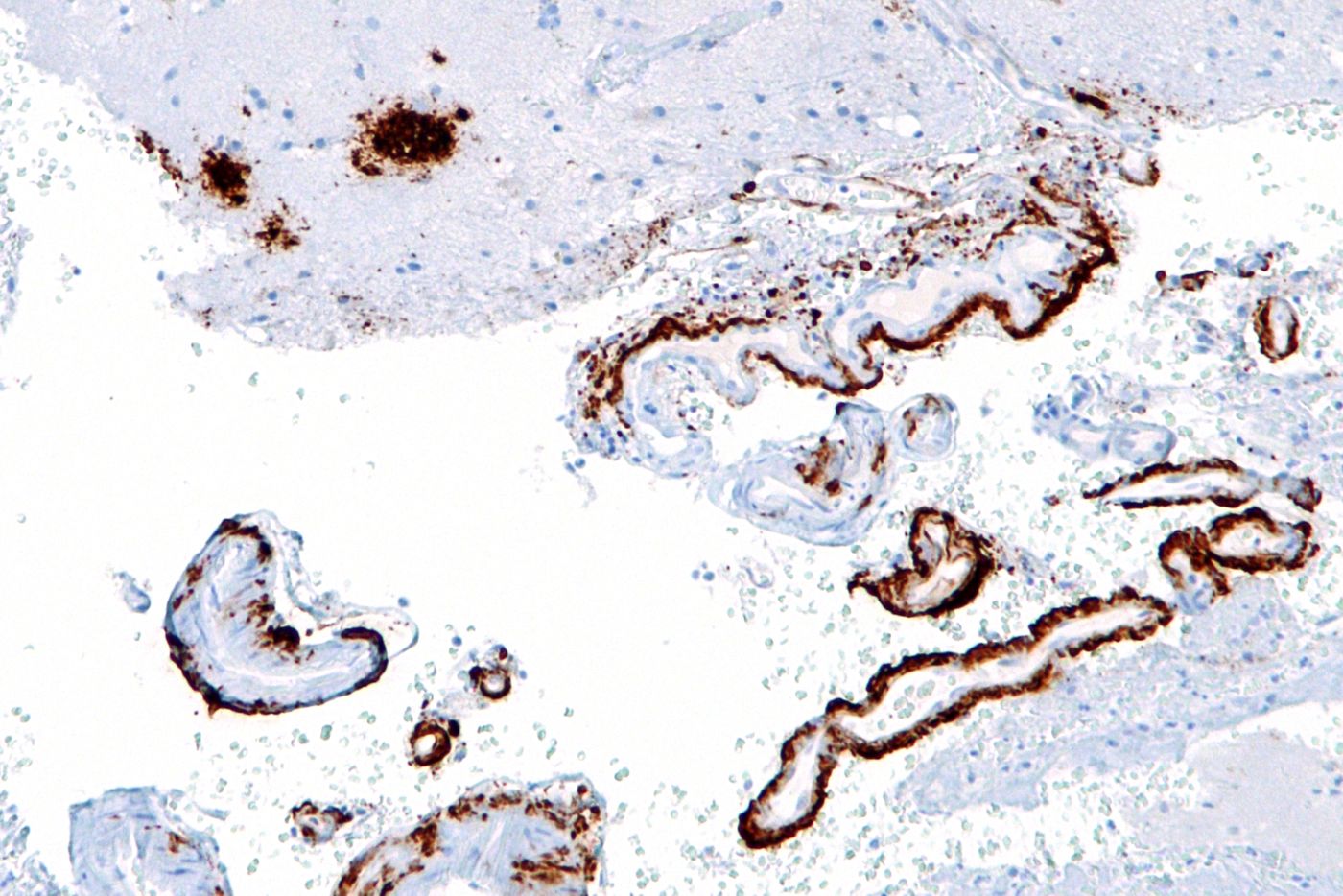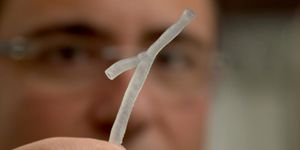Studies with genetically modified mice have unveiled additional connections between the immune system and Alzheimer’s disease. The disease, which remains the leading cause of age-related dementia, is characterized by an aggregation of cells in the brain, called beta-amyloid plaques. New research from the University of California, Irvine shows that levels of some immune cells in the brain may explain why these plaques form.
For a while, scientists have looked at immune cells called microglia, the macrophages of the brain, and their failure to adequately deal with beta-amyloid plaques. The new study, published in the
Proceedings of the National Academy of Sciences, looks at other immune cells instead: T cells, B cells, and NK cells.
Mice were genetically modified to lack this group of immune cells in their blood. As a result, these mice developed the distinct aggregation of beta-amyloid quicker than control mice. In fact, after six months, the genetically modified mice experienced a twofold increase in beta-amyloid aggregation.
Next, the researchers replenished their supply of immune cells with health bone marrow stem cells, because the bone marrow is where T cells, B cells, and NK cells develop. The transplant was successful, and the researchers saw a reduction in beta-amyloid accumulation.
What are the immune cells doing that the body relies on for beta-amyloid plaque control? Why can’t the microglia handle it on their own? By examining the relationship between the immune cells and microglia in the brain, the researchers realized the connection. Mice with normal, antibody-producing B cells cleared beta-amyloid plaques better because the antibodies and microglia work together.
Immune cell levels naturally diminish with age, which leads the scientists to their next research question. Is this immune connection to aging to blame for the development of Alzheimer’s disease? How can it be prevented or reversed? There is still much to be understood about Alzheimer’s, but for now, scientists are one step closer to solving the puzzle.
Source:
University of California, Irvine









